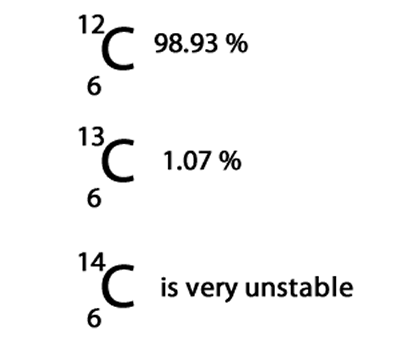

One example of a diagnostic application is using radioactive iodine-131 to test for thyroid activity ( Figure 15.4 "Medical Diagnostics"). Radioactive isotopes have numerous medical applications-diagnosing and treating illness and diseases. Scientists were also able to use radiocarbon dating to show that the age of a mummified body found in the ice of the Alps was 5,300 y. Using such methods, scientists determined that the age of the Shroud of Turin ( Figure 15.3 "Shroud of Turin" purported by some to be the burial cloth of Jesus Christ and composed of flax fibers, a type of plant) is about 600–700 y, not 2,000 y as claimed by some. (The half-life of carbon-14 is 5,370 y.) If a once-living artifact is discovered and analyzed many years after its death and the remaining carbon-14 is compared to the known constant level, an approximate age of the artifact can be determined. Once a living thing dies, it no longer acquires carbon-14 as time passes the carbon-14 that was in the tissues decays. A tiny amount of carbon-14 is produced naturally in the upper reaches of the atmosphere, and living things incorporate some of it into their tissues, building up to a constant, albeit very low, level. One isotope, carbon-14, is particularly useful in determining the age of once-living artifacts. In another interesting example of radioactive dating, hydrogen-3 dating has been used to verify the stated vintages of some old fine wines. Many analyses like this, using a wide variety of isotopes, have indicated that age of the earth itself is over 4 × 10 9 y.

If half of the uranium has decayed, then the rock has an age of one half-life of uranium-235, or about 4.5 × 10 9 y. For example, if a rock is analyzed and is found to contain a certain amount of uranium-235 and a certain amount of its daughter isotope, we can conclude that a certain fraction of the original uranium-235 has radioactively decayed. The half-life of radioactive isotopes is unaffected by any environmental factors, so the isotope acts like an internal clock. Radioactive isotopes are useful for establishing the ages of various objects. We know these steps because researchers followed the progress of carbon-14 throughout the process. One excellent example of this is the use of carbon-14 to determine the steps involved in photosynthesis in plants. After incorporating radioactive atoms into reactant molecules, scientists can track where the atoms go by following their radioactivity. Tracers can also be used to follow the steps of a complex chemical reaction. (Recall that tritium is a radioactive isotope of hydrogen.) For instance, leaks in underground water pipes can be discovered by running some tritium-containing water through the pipes and then using a Geiger counter to locate any radioactive tritium subsequently present in the ground around the pipes.

is a substance that can be used to follow the pathway of that substance through some structure. A tracer A substance that can be used to follow the pathway of that substance through a structure. Radioactive isotopes are effective tracers because their radioactivity is easy to detect. Generally, however, they are useful because either we can detect their radioactivity or we can use the energy they release. Radioactive isotopes have a variety of applications. Learn some applications of radioactivity.


 0 kommentar(er)
0 kommentar(er)
